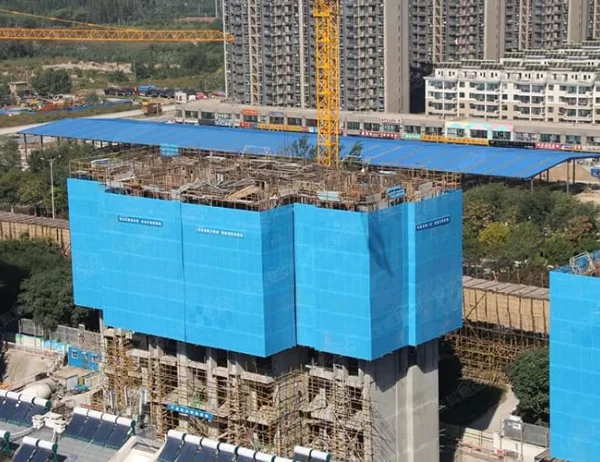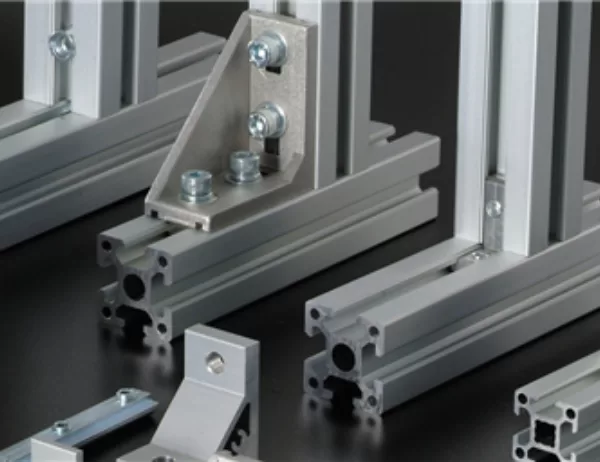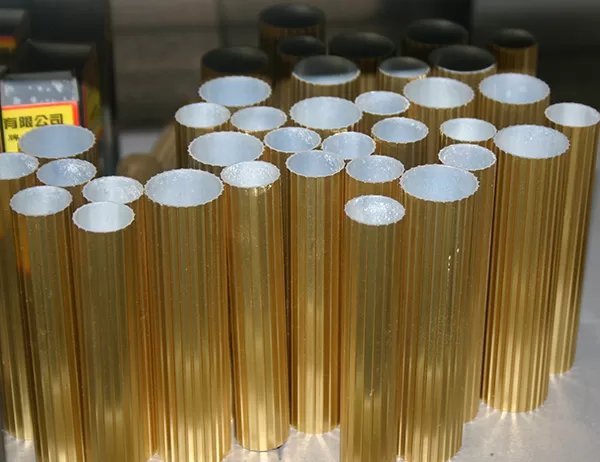Aluminum extrusions are a critical component in the automotive industry, providing lightweight, durable, and customizable solutions for a wide range of applications. As the demands for fuel efficiency, safety, and aesthetics continue to rise, the future of aluminum extrusions in automotive engineering and design is poised for significant advancements.
Lightweight and Fuel Efficiency
Aluminum is renowned for its exceptional strength-to-weight ratio, making it an ideal material for reducing the overall weight of vehicles. By replacing heavier materials with aluminum extrusions, automakers can significantly improve fuel efficiency and reduce emissions. Additionally, the use of aluminum extrusions in structural applications allows for thinner and lighter components, further contributing to weight reduction.
Enhanced Safety and Durability
Aluminum extrusions offer superior strength and energy absorption properties, making them essential for enhancing vehicle safety. They can be used in crash-resistant structures, impact-absorbing bumpers, and roll cages, providing optimal protection for occupants in the event of a collision. Moreover, aluminum extrusions exhibit excellent corrosion resistance, ensuring long-term durability and reducing maintenance costs.
Design Versatility and Customization
The extrusion process allows for the precise shaping of aluminum into complex geometries, offering limitless design possibilities. This versatility enables automakers to create unique and innovative designs that meet specific functional and aesthetic requirements. Additionally, aluminum extrusions can be easily anodized or painted to match the desired color and finish, providing ample customization options.
Advanced Manufacturing Techniques
Recent advancements in manufacturing techniques have further expanded the potential of aluminum extrusions in automotive applications. Precision extrusion processes ensure accurate and consistent profiles, while joining techniques such as friction stir welding and adhesive bonding provide robust and lightweight connections. These advancements enable the fabrication of complex assemblies that were previously impractical.
The future of aluminum extrusions in automotive engineering and design is bright, with increasing demand driven by the need for lightweight, durable, and aesthetically pleasing vehicles. By leveraging the latest technologies and manufacturing innovations, automakers can harness the full potential of aluminum extrusions to push the boundaries of vehicle design, safety, and fuel efficiency. As the automotive industry continues to evolve, aluminum extrusions will undoubtedly remain a cornerstone material for achieving the next generation of high-performance vehicles.




